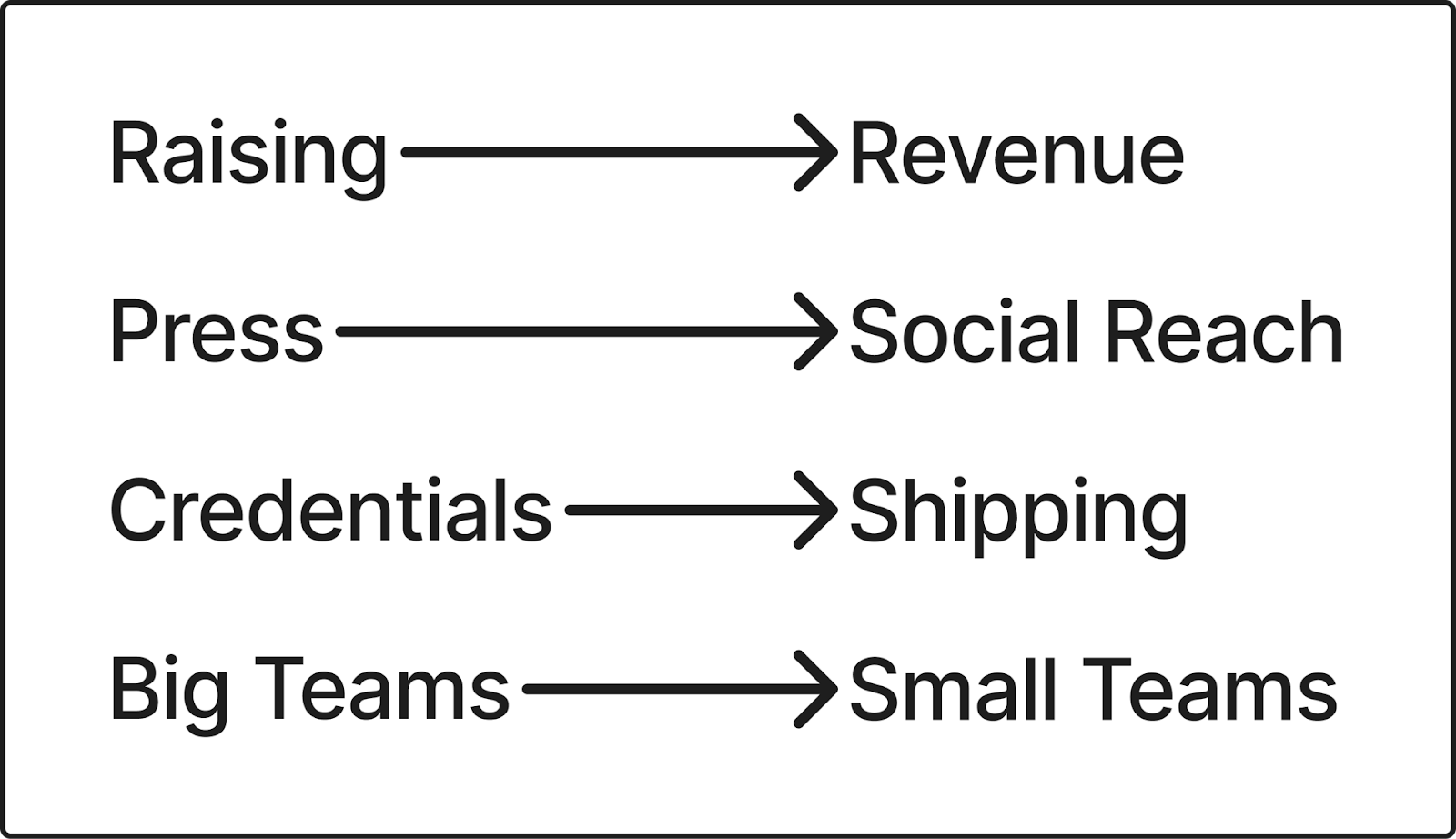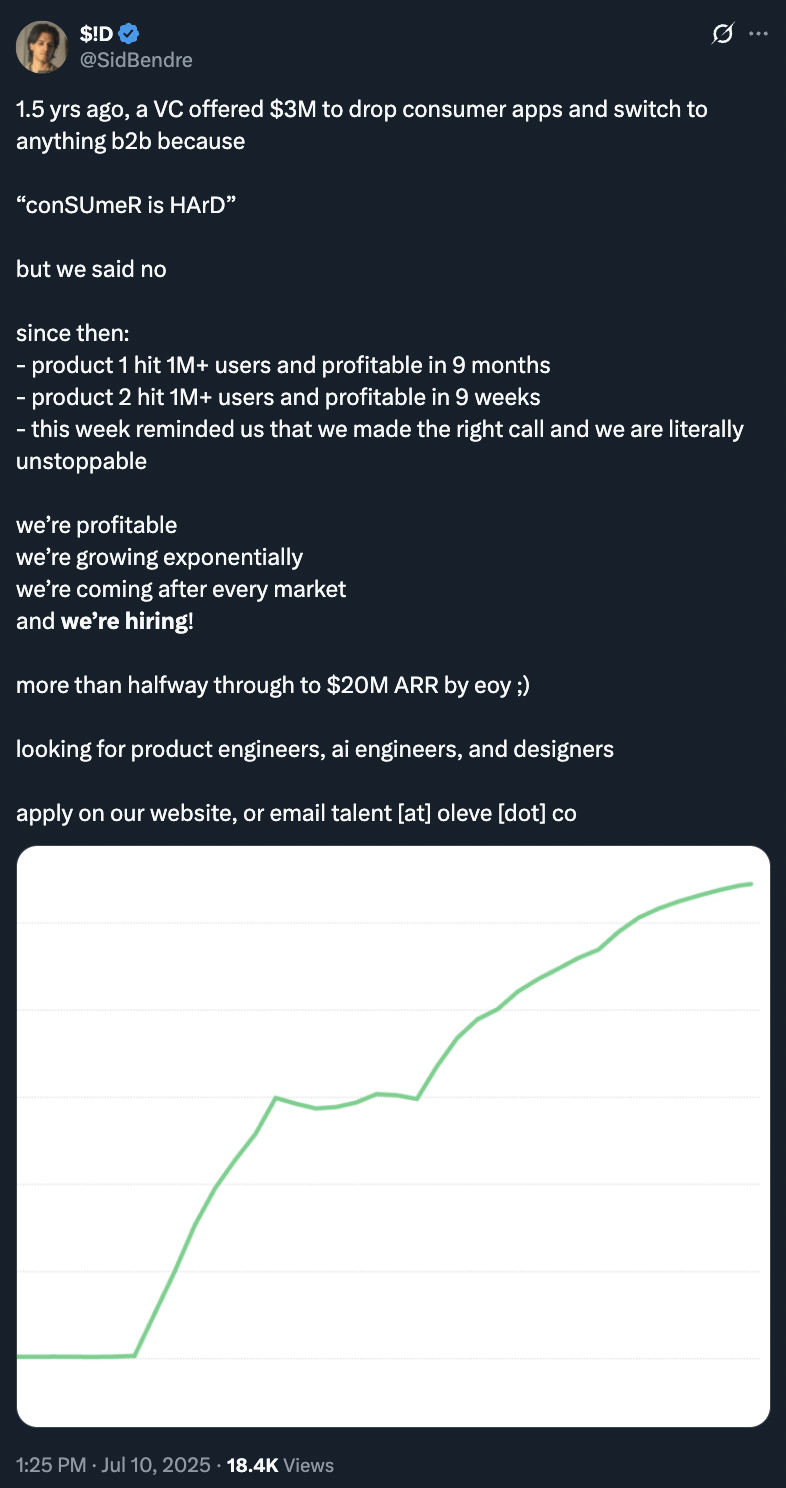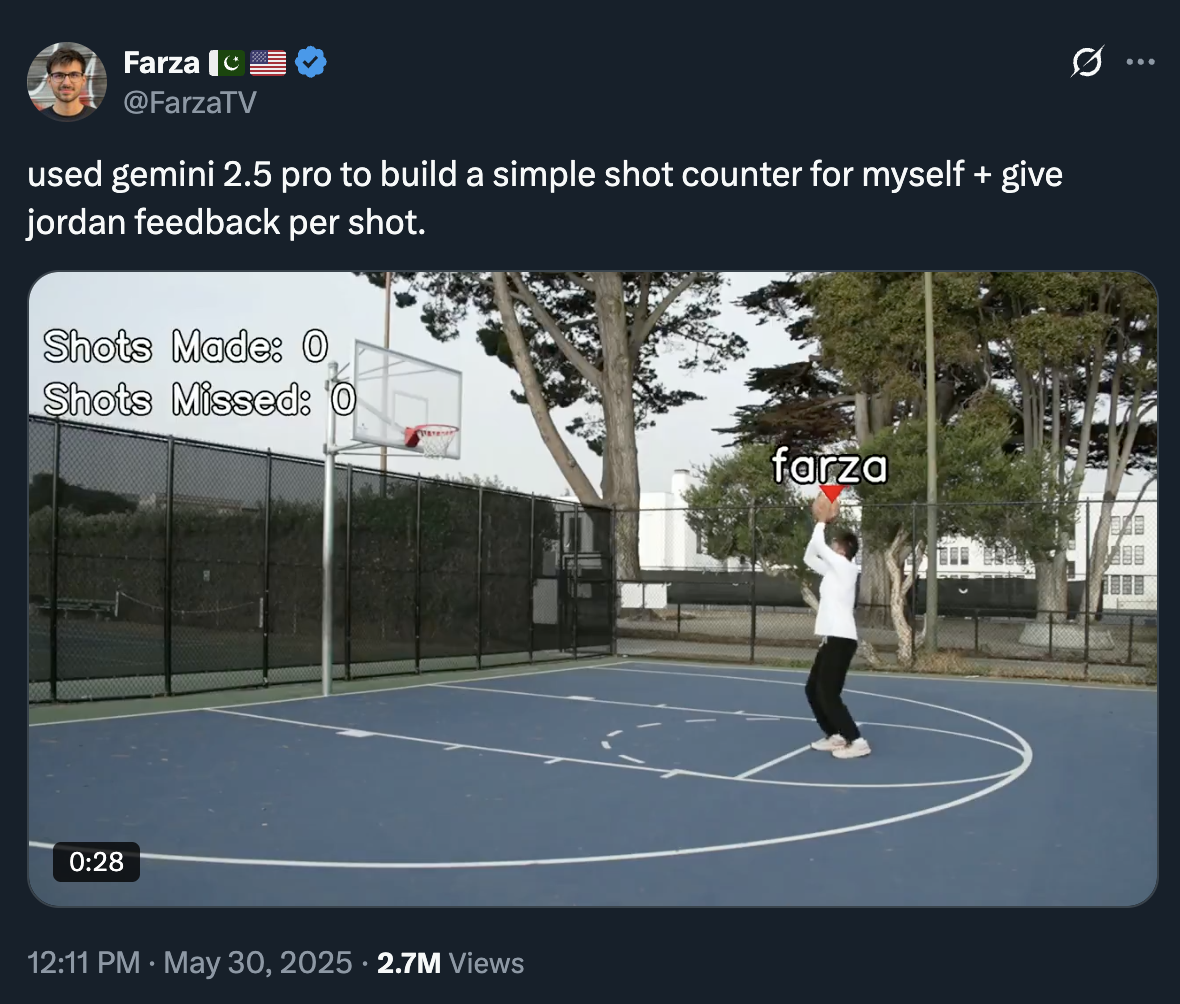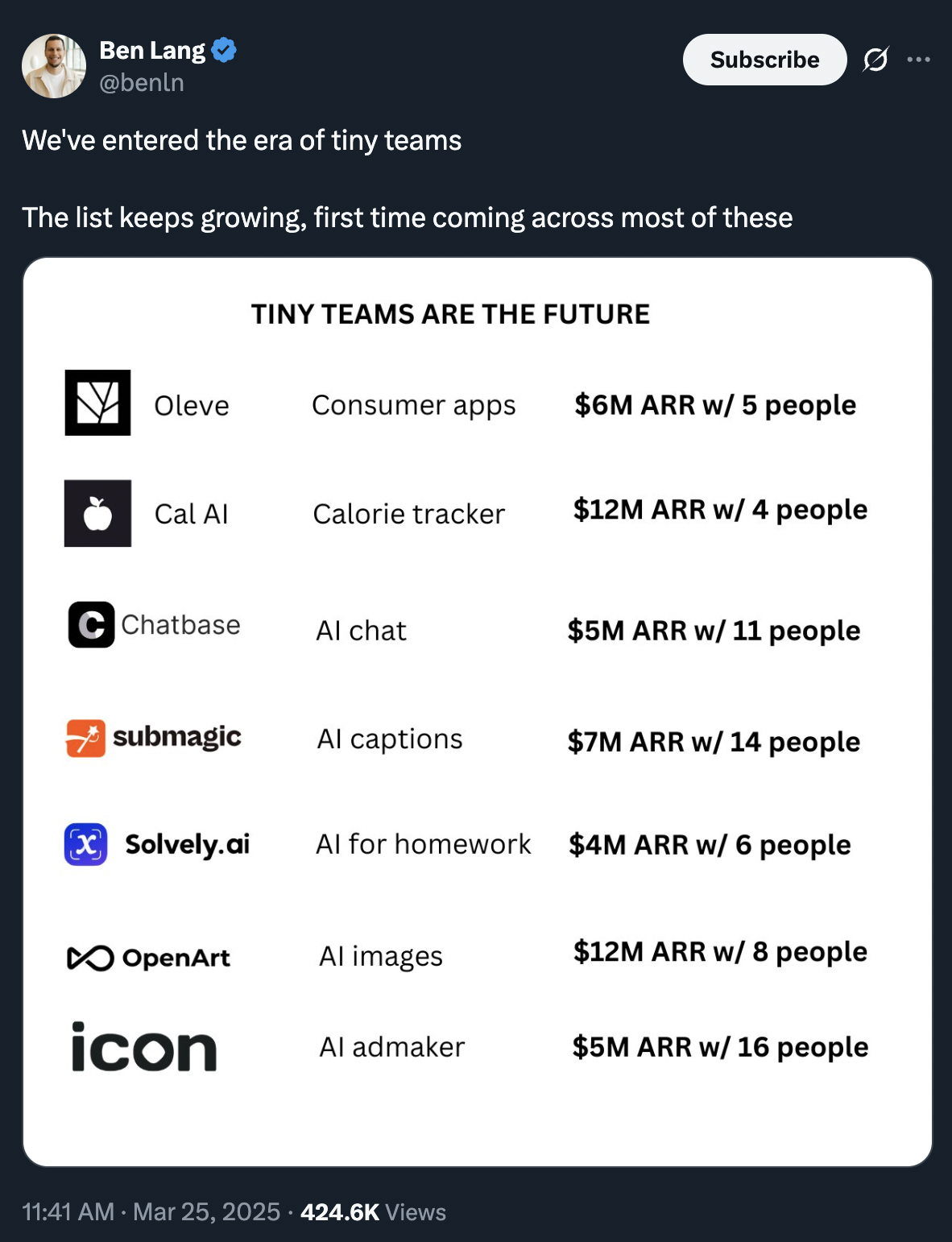Silicon Valley's new status symbols
I moved to San Francisco in 2010 shortly after college. I distinctly remember taking a taxi (pre-Uber!) from SFO to interview for a job, starry-eyed by the billboards and offices of startups I admired along the way. A lot has changed since then. Tech has grown, product-building has evolved, and the culture has shifted.
Recently I’ve been reflecting on status and how it's changed in Silicon Valley[1], especially in the last five years.
New Status Symbols

Raising → Revenue
The VC industry has grown significantly in the last decade. Everyone’s investing, multi-stage funds have scaled into the billions, and founders are raising more at higher valuations than ever before. As capital becomes less scarce, it becomes less of a status symbol.
In the 2010s mobile and consumer heyday, focus was placed on user growth over revenue. For many industries, prioritizing scale before charging was the default. This makes sense in advertising-driven models. But today consumers are happy to pay for products they find valuable and are habituated to do so.
Revenue is the most high-status symbol of them all, especially when achieved with little to no funding. Venture funding still carries weight[2], especially when it comes from a top-tier firm.

Press → Social Reach
In the early 2010s, coverage on TechCrunch and similar publications was a big deal. Journalists controlled distribution and mindshare. Social media—and Product Hunt to some extent—changed that, giving everyone an opportunity to have a voice.
But this shift is even more pronounced in the last few years in tech as X (FKA Twitter, tech’s town hall) shifted from a follower to an algorithmic feed, heavily inspired by TikTok. Before this, reaching a wide audience without a large following was challenging. Now a killer demo video from a founder with a few dozen followers can go viral, capturing immense attention (and status).

The number of likes and endorsements from other high-status people has a much larger influence today, and are often upstream of what journalists cover.

Credentials → Shipping
Tech has always been more egalitarian than most industries. There are no barriers to building, and if you create something people truly love, they rarely care who built it. This is part of what I admire most about it.
But credentials—ex-Meta, Stanford grad, etc.—have been used by investors and recruiters as shortcuts to evaluate people. They still are, but less so. There’s no excuse for not shipping today.
AI makes it more feasible for a single person to build something truly novel. Social makes it possible for that person to reach an audience if they have a good demo. Distributed work decreases geographic barriers to collaborate with others.
Shipping a compelling demo is more credible and admired than a credential.

Big Teams → Small Teams
Back in the day it was very common for people at a tech event to ask, “How big is your team?” For some, this was a way to size people up. It was assumed that the larger the team, the more successful they were.
Today, small but highly capable teams are admired, influenced by economic uncertainty and a cultural shift toward efficiency. Elon Musk—arguably tech’s most high-status founder—also had a role in this after downsizing Twitter by ~80% after his takeover.

When Status Matters
But why does status matter in business? We’ve evolved beyond that, right?
Humans will always be status-seeking monkeys. I wish I could say I don’t care about status. But I do. You probably do too. And that’s OK, though it’s worth asking yourself why. Are you driven by status out of insecurity or strategy?
The insecure status-seeker is thirsty for clout and social validation. It’s often never-ending, never achieved. It’s a version of dirty fuel.
The strategic status-seeker views it as a competitive advantage. High-status opens doors and provides an edge. It can help with fundraising, recruiting, and selling.
Sustainable status earned over many years comes from authenticity. Some people chase “status fads”, pursuing activities that are fashionable but inauthentic. This may work in the short-term but it’s less convincing to the discerning and often short-lived as the world changes.
Of course, the high-status individual doesn’t seek status. ;)
What Did I Miss?
Curious to hear your take on this. Do these new status symbols match your observations? What are some future status symbols?
I’m on Twitter at @rrhoover. :)
---
[1] When I use the term “Silicon Valley” I’m referring to tech culture, not the physical location in the Bay Area.
[2] I wouldn’t go as far as to say VC funding is a red flag and that it’s dying but I appreciate this provocative thread.